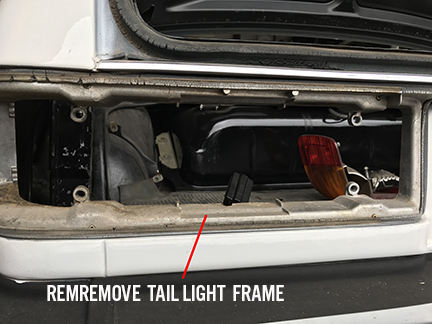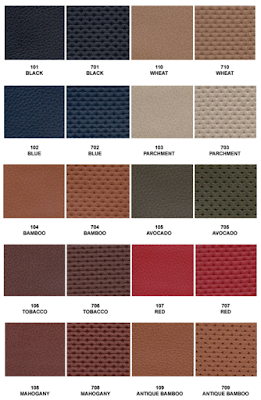Upon completion however, it was suggested that this video be posted for other classic Mercedes and automotive enthusiasts to enjoy.
The filming is not precise as it was done hand held using an iPhone 7. It was also spliced as it was a bit difficult to rotate my body 360° in one go. Enjoy.
Additional photo of interior. I will continue to post as the car progresses through the restoration process.





























